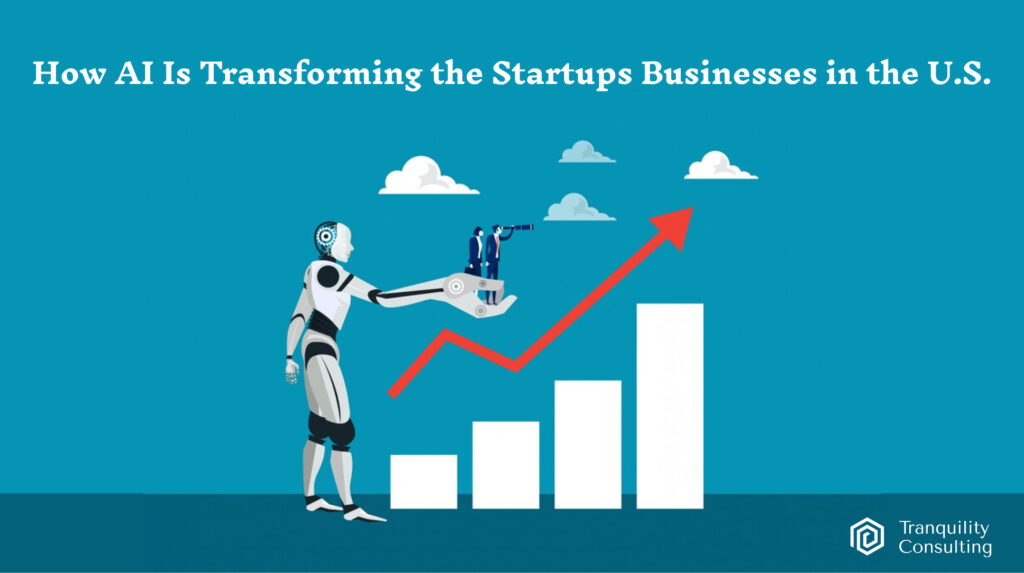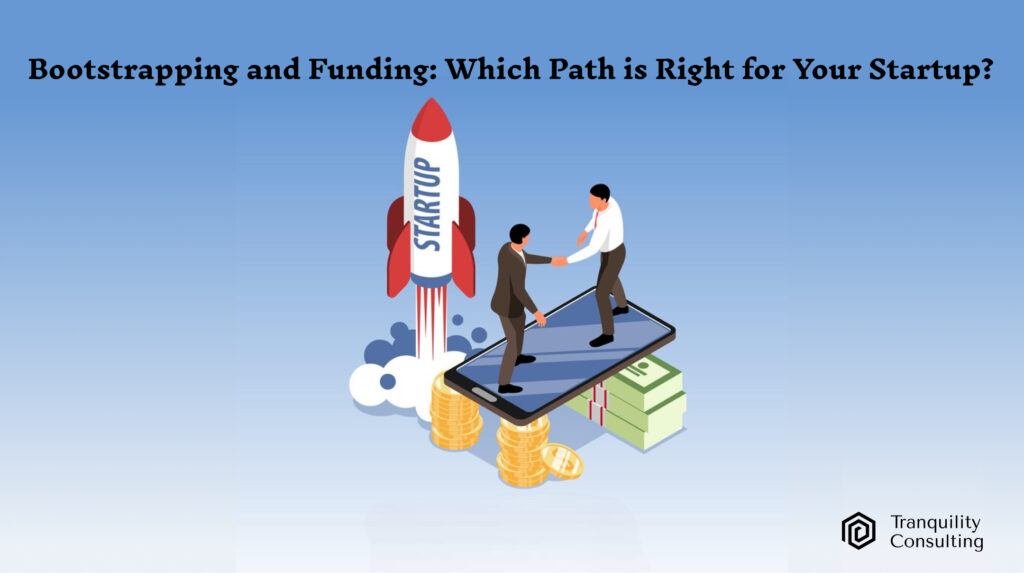Introduction:
Financial modeling is a crucial process that involves creating a detailed representation of a company’s financial performance. This is typically done using spreadsheets and involves historical data, assumptions, and various financial variables to forecast future performance. For Software as a Service (SaaS) companies, financial modeling is an indispensable tool for strategic planning, decision-making, and securing investment.
Why Financial Modeling is Essential for SaaS Companies:
- Predictable Revenue Streams: SaaS businesses operate on a subscription model, generating predictable and recurring revenue. Financial models help in accurately forecasting these revenue streams, allowing for better budget allocation and resource management.
- Customer Metrics: Key metrics such as Customer Acquisition Cost (CAC), Lifetime Value (LTV), and Monthly Recurring Revenue (MRR) are critical for SaaS companies. Financial models help track and optimize these metrics, providing insights into customer behavior and profitability.
- Scalability Planning: SaaS companies often experience rapid growth. Financial modeling aids in planning for scalability by projecting future revenue, costs, and capital requirements, ensuring sustainable expansion.
- Investor Confidence: Detailed and accurate financial models are vital for attracting investors. They demonstrate a thorough understanding of the business’s financial health and potential, increasing investor confidence and facilitating funding.
Complexities in SaaS Financial Modeling:
- Revenue Recognition: SaaS revenue recognition can be complex due to various subscription plans, payment cycles, and contracts. Models must account for deferred revenue and recognize it over the contract period.
- Churn Rate: Customer churn significantly impacts revenue projections. Accurate churn rate estimation is crucial for reliable financial models.
- Variable Costs: Costs in SaaS companies, such as server costs, customer support, and R&D, can vary widely. Financial models must incorporate these variables to provide an accurate financial outlook.
- Sales and Marketing Expenses: High upfront sales and marketing costs to acquire customers must be factored into financial models. These expenses impact short-term profitability but are essential for long-term growth.
Benefits of Financial Modeling for SaaS Companies:
- Strategic Decision-Making: Financial models provide a clear picture of the company’s financial health, enabling informed strategic decisions such as pricing strategies, market expansion, and product development.
- Performance Measurement: Regularly updating financial models helps in measuring performance against projections. This allows for timely adjustments and improvements in strategy.
- Risk Management: By simulating various scenarios, financial modeling helps identify potential risks and develop mitigation strategies, ensuring business resilience.
- Investor Relations: Robust financial models are instrumental in communicating the company’s value proposition and growth potential to investors, aiding in fundraising efforts.
Key Components of a SaaS Financial Model:
- Revenue Projections: Includes forecasting new customer acquisitions, churn rate, and average revenue per user (ARPU).
- Cost Assumptions: Encompasses fixed and variable costs, including operational expenses, marketing, and customer support.
- Cash Flow Analysis: Projects cash inflows and outflows to ensure the business maintains positive cash flow.
- Profit and Loss Statement: Provides a detailed view of the company’s profitability over time.
- Balance Sheet Projections: Estimates future assets, liabilities, and equity, providing a snapshot of the company’s financial position.
Additional Information and Best Practices:
- Data Accuracy: Ensure that the historical data used in financial modeling is accurate and up-to-date. Inaccurate data can lead to faulty forecasts and poor decision-making.
- Regular Updates: Financial models should be updated regularly to reflect the latest business realities and market conditions. This ensures the model remains relevant and useful.
- Scenario Analysis: Incorporate different scenarios in your financial model to prepare for various possible outcomes. This includes best-case, worst-case, and most likely scenarios.
- Integration with Other Tools: Financial models should integrate with other business tools, such as CRM and accounting software, to streamline data flow and enhance accuracy.
Conclusion:
Financial modeling is an indispensable tool for SaaS companies, providing the insights and foresight needed to navigate the complexities of the business. From forecasting revenue to managing costs and attracting investors, a well-constructed financial model is the backbone of strategic planning and sustainable growth. By understanding and leveraging the power of financial modeling, SaaS companies can position themselves for long-term success in a competitive market.
FAQs:
- What is financial modeling for SaaS companies?
Financial modeling involves creating detailed projections of a SaaS company’s financial performance using historical data and assumptions.
- Why is financial modeling crucial for SaaS businesses?
It helps in predicting revenue streams, tracking key metrics, planning for scalability, and boosting investor confidence.
- What complexities are involved in SaaS financial modeling?
Challenges include revenue recognition, churn rate estimation, variable costs, and accounting for sales and marketing expenses.
- How does financial modeling aid in decision-making for SaaS companies?
It provides insights into financial health, enabling informed decisions on pricing, market expansion, and product development.
5. What services does Tranquility Consulting offer in financial modeling?
Tranquility Consulting provides expert financial modeling services tailored to SaaS companies, including revenue forecasting, cost management, and investor relations strategies.
If you have any questions or need business-related tax consulting advice, please contact us at: [email protected]





